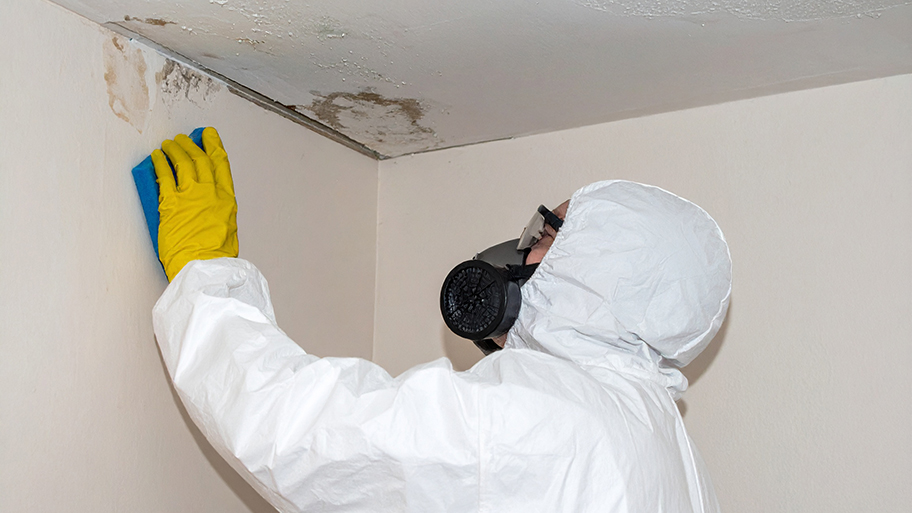
Mold remediation cost can quickly escalate. But if you have mold in your home, the cost for mold remediation is worth it.
Investigate a pesky mold intrusion


Mold has a distinctive odor that can alert homeowners to an issue.
Moisture and humidity are breeding grounds for mold.
Mold can often cause allergy or respiratory reactions in individuals in the home.
Mold can be a stealthy and silent intruder in your home, lurking in the corners and crevices, often unnoticed until it becomes a significant problem. Recognizing the signs of mold in your house is crucial for the health and safety of your family, as well as the integrity of your home. Read on to explore 12 telltale signs of mold infestations, from visible growth and musty odors to the health symptoms it can trigger.
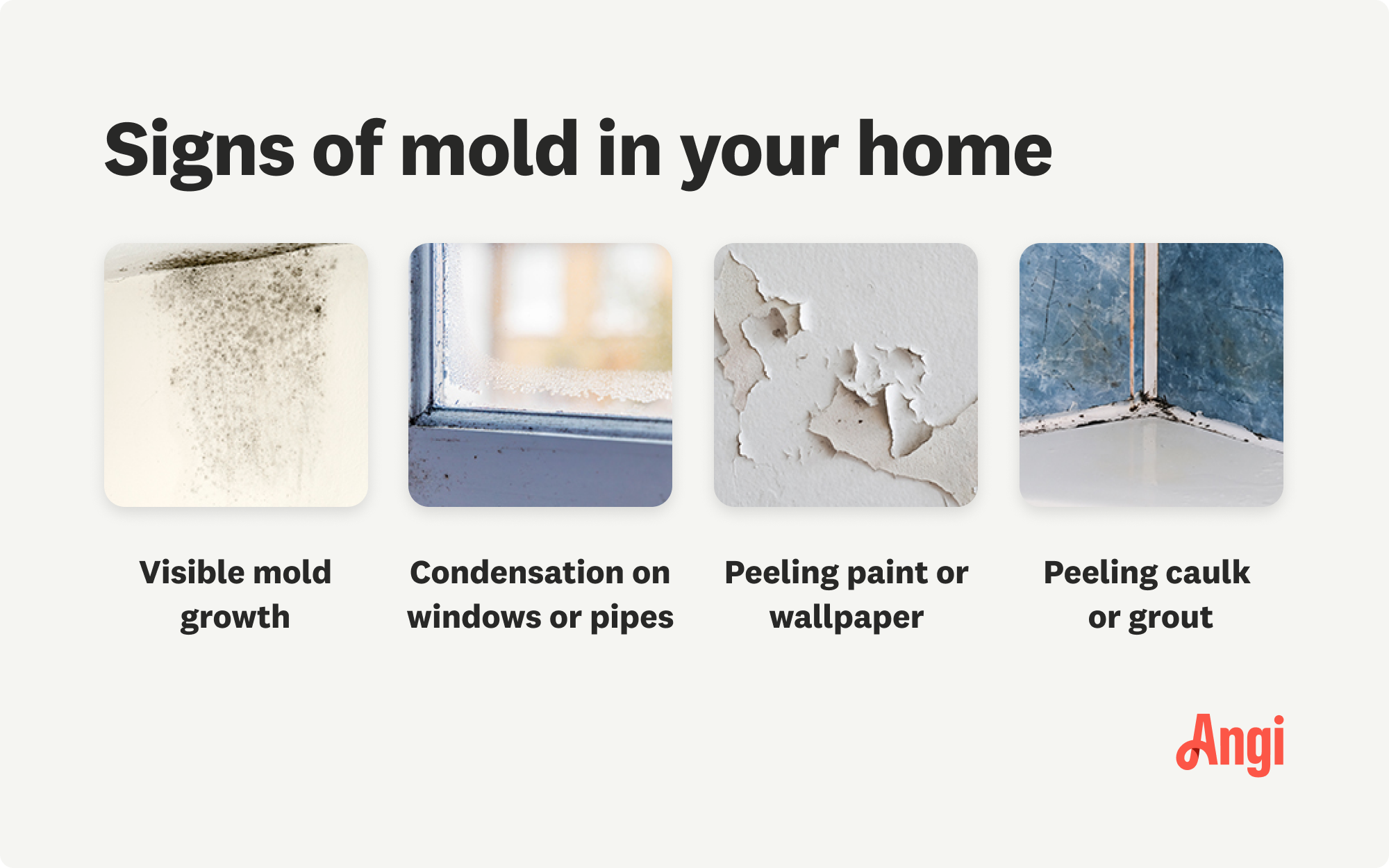
The most apparent indication of a mold infestation in a house is the presence of visible mold. This type of mold can manifest itself as dark spots, patches, or fuzzy growth on a variety of surfaces including walls, ceilings, floors, and even personal items. The discovery of such growth is a clear indication that mold is present and requires immediate attention.
Mold often produces a distinctive musty, earthy, or damp smell. It's caused by the volatile organic compounds (VOCs) released by mold as it grows and reproduces, and it’s one of the early signs of mold in a house. If you notice a persistent, unpleasant odor, it's a strong indication that mold may be hidden in the environment, even if you can't see it.
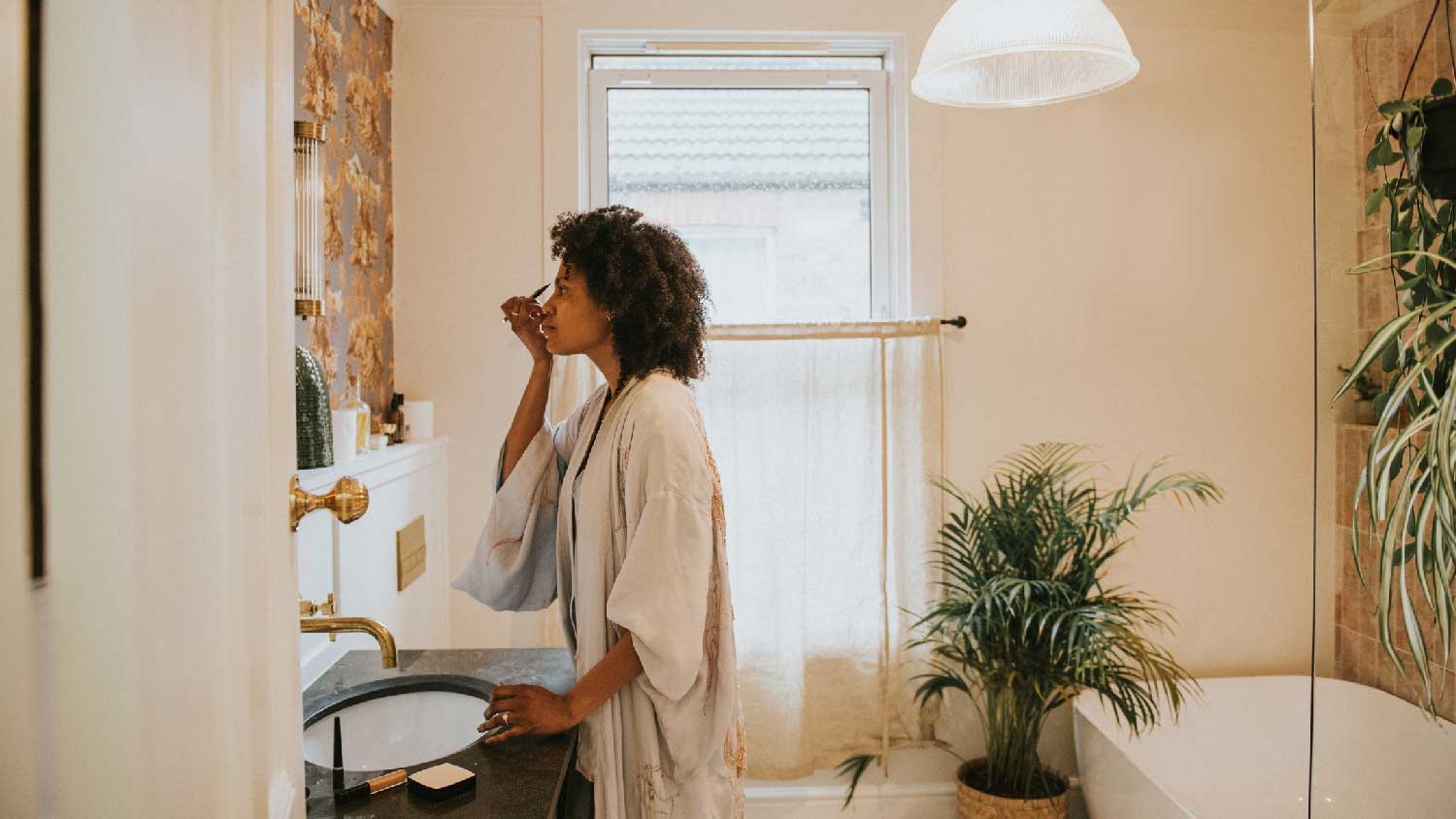
Individuals with mold sensitivities may experience allergic reactions that could potentially signal the presence of mold in a house. Mold spores can trigger a variety of symptoms, including sneezing, coughing, itchy or watery eyes, and skin rashes. If these symptoms become more severe or frequent while inside the house, it could be a warning sign of mold-related problems and warrant further investigation.
If you can smell the odor and you can’t see it, usually that is a sign of something more serious. Mold can hide behind your walls and floors and will require a professional mold remediation company to run indoor air quality tests.
Respiratory concerns may indicate the presence of mold in a home, particularly for individuals with underlying medical conditions like asthma or allergies. Continued exposure to mold spores can cause respiratory issues, such as coughing, wheezing, breathing difficulties, and worsening of existing conditions. Should people experience these symptoms exclusively in their homes and not elsewhere, it could imply a mold concern that requires immediate attention.
Excessive moisture or condensation on windows, walls, or pipes can create an environment conducive to mold growth. If you've noticed it for an extended period of time, it could have created a breeding ground for mold.
The growth of mold in heating and air conditioning systems is not uncommon. The presence of a stale or moldy odor emanating from the vents may serve as an indication of the mold's existence in the HVAC system.
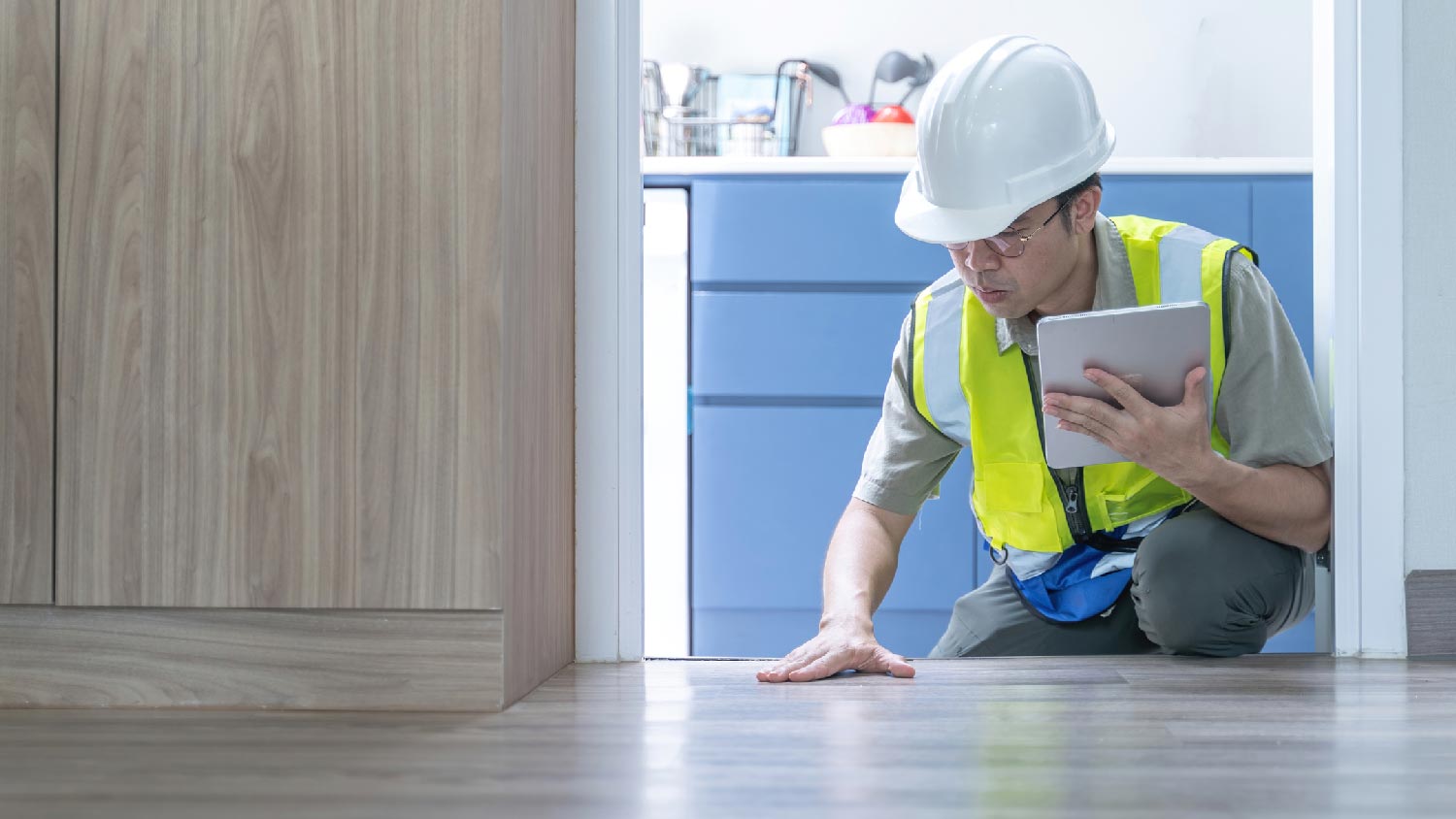
Areas that have previously experienced water damage or leakage are prone to the growth of mold. Inspect walls, ceilings, or floors for any discoloration or stains. Dry water stains on walls or ceilings can serve as an indication of previous or current leaks, which can potentially cause the growth of mold.
Peeling paint or wallpaper can be a sign of mold when moisture from mold growth behind these surfaces causes the adhesive to weaken. As the mold expands, it can push the paint or wallpaper away from the wall, resulting in visible peeling or bubbling, indicating a hidden mold problem.
Peeling caulk or grout can indicate mold growth when moisture and mold infiltrate the gaps between tiles, weakening the adhesive properties of caulk or grout. As the mold grows, it can cause these materials to peel or discolor, serving as a visual cue that mold may be present in the crevices.
Homes that maintain a continuous indoor humidity threshold of over 60% have a higher likelihood of developing mold growth. The use of a humidity meter can aid in the observation and management of these levels.
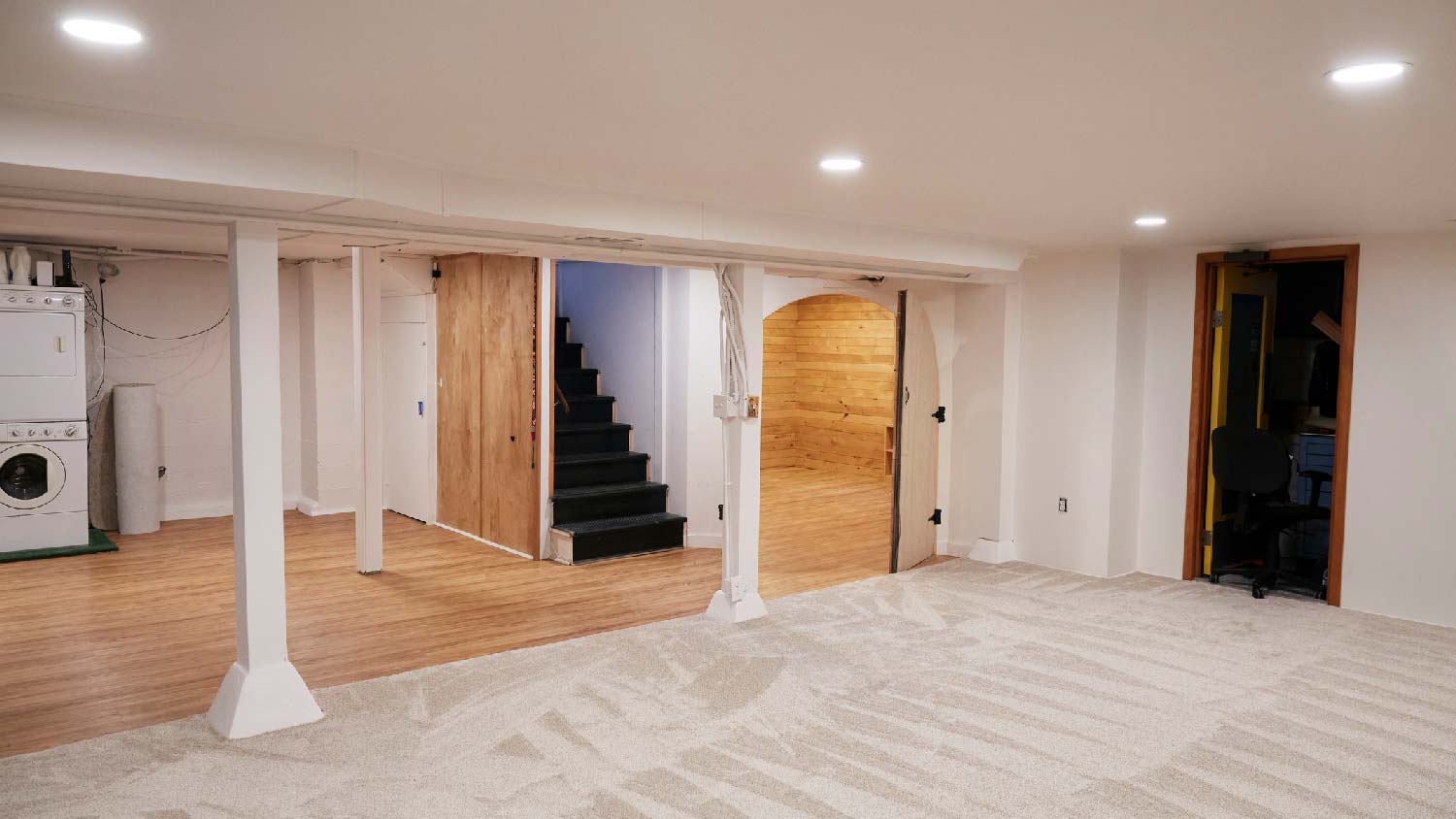
The existence of mold may be indicated by a damp basement or crawl space due to their elevated humidity levels and vulnerability to moisture infiltration. The growth of mold thrives in a setting where there is excess moisture, leading to an infestation in these enclosed areas if left untreated. This may be characterized by a musty scent and visible mold development on surfaces.
While frustrating, it is possible for mold to grow on fabrics and upholstery within the home such as curtains, carpets, or soft furniture. This growth is often triggered by high humidity or exposure to moisture. Typically, mold appears in the form of dark spots or fuzzy patches on the surface of textiles. It tends to thrive in areas where such materials are consistently damp or where spills and moisture have not been appropriately attended to.
Mold spores are always floating in the air outdoors and in your home. The spores are microscopic, so you can’t see them.
However, when a spore lands on a location that has significant dampness or moisture, the spore could germinate into mold growth. Mold spores need wet organic material to be able to begin growing.
Some types of mold can germinate and begin growing 24 to 48 hours after landing on a food source. Mold growth can become visible within a week or two after germinating, although some types of mold require several weeks to create visible growth.
If you notice any of these signs of mold in your home, you want to immediately address the issue to remove the mold. For cases where mold growth is visible, you can DIY the issue if you have the tools and experience. You may wonder: "Do I need a mold inspection if I know the issue?” Your best bet is to hire a professional mold inspector near you just in case so you can address the issue accurately.
The process will begin with a thorough inspection and assessment of the mold problem, during which the extent of the infestation and the underlying causes are identified. An average mold inspection cost ranges between $300 and $1,050.
If a test finds that you have mold, you should hire a mold removal service near you. Once a remediation plan is developed, you'll receive a detailed cost estimate, which may include professional mold removal, cleaning, and possible repairs. Mold remediation costs range between $1,225 and $3,750. To begin the remediation process, containment measures are implemented to prevent the spread of mold spores. Afterward, the affected areas are safely removed and cleaned. Antimicrobial agents are typically applied to prevent any future growth.
Post-remediation testing is then conducted to confirm the mold's successful removal. You may also be provided with suggestions for preventing future problems, which could include identifying and fixing sources of moisture, as well as improving ventilation.
In July, we learned that we had mold in our kitchen. This had caused health problems for several years and was a scary discovery. We had heard of folks losing their homes because of mold. Ron removed our cabinets and what he found was disgusting. The mold had rotted the floor joists, and some of the studs behind the dishwasher and the cabinets had mold growing on the backside. After he had removed all of the mold, he then treated the areas close to it so that we wouldn't have any future problems.
— Linda P., Hixson, TN
From average costs to expert advice, get all the answers you need to get your job done.

Mold remediation cost can quickly escalate. But if you have mold in your home, the cost for mold remediation is worth it.

The cost of a mold inspection might seem high, but it’s one of the best investments you can make for your health and home. Read on to learn cost-saving tips.
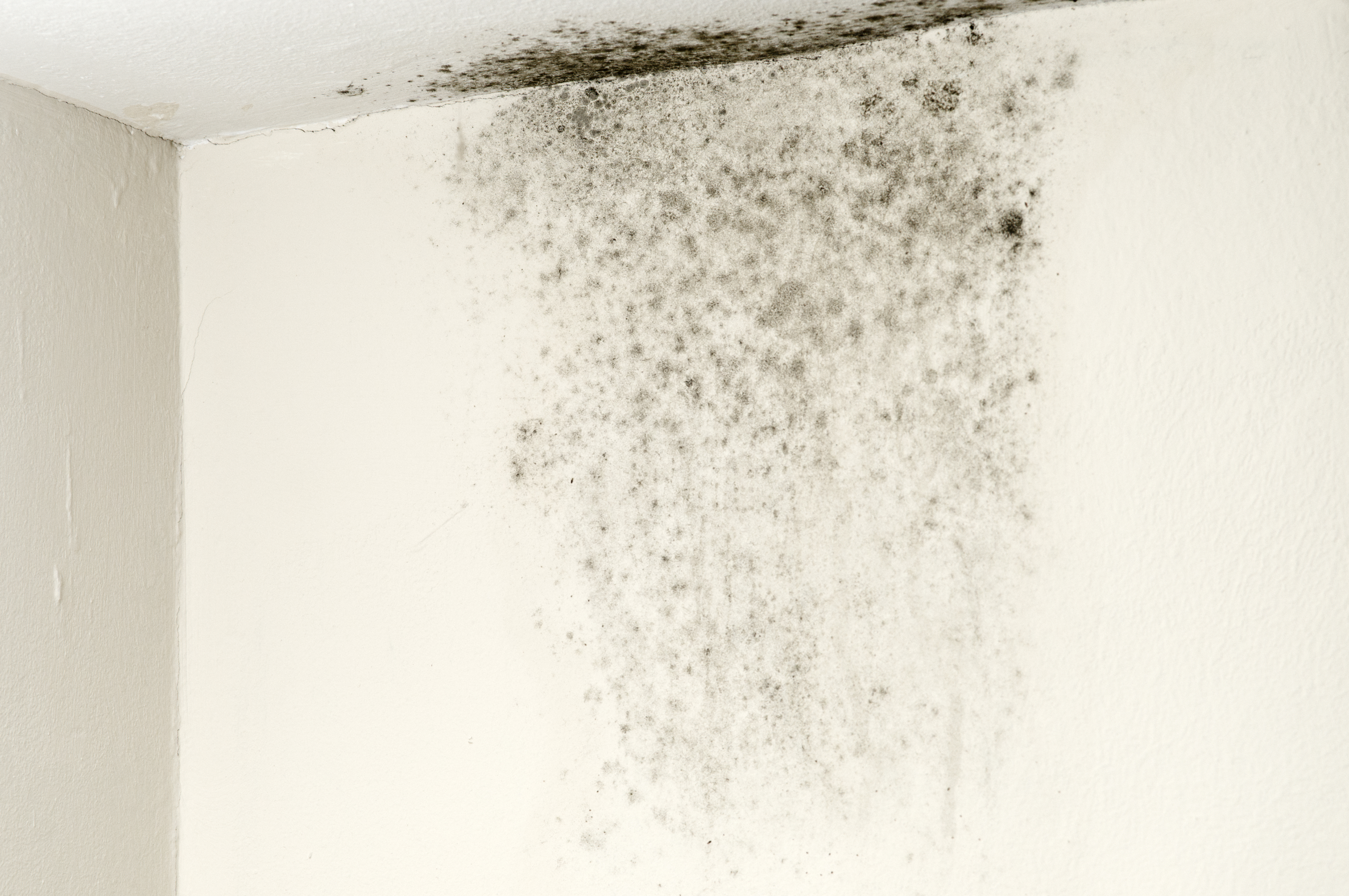
Learn how to tell black mold from black mildew by their look, location, and texture so you can clean it up yourself or know when to call in a pro.
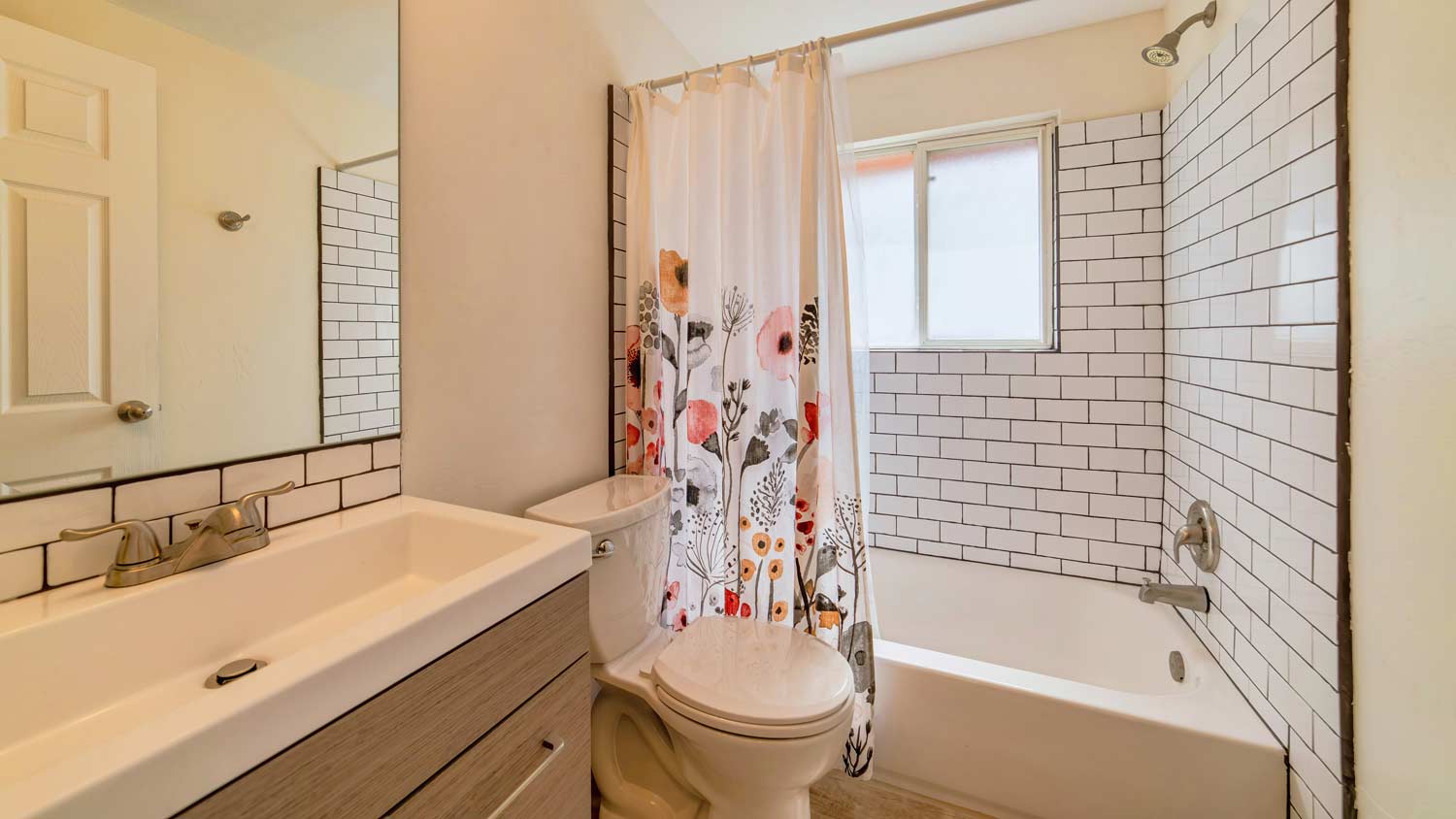
An orange shower curtain can be due to bacteria, hard water, or product scum. Read this guide to learn why your shower curtain is turning orange.

Tired of an unmistakable odor permeating your living space? Learn how to get rid of a mold smell in your house, and reclaim a clean and odor-free home.

Who pays for mold remediation? Your homeowners’ or property insurance may help you pay some of the cost of removing mold, but it depends on the situation.